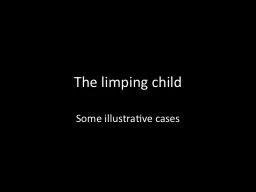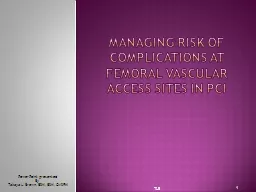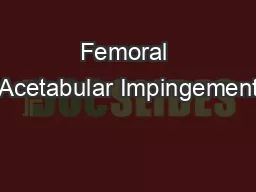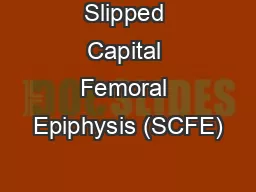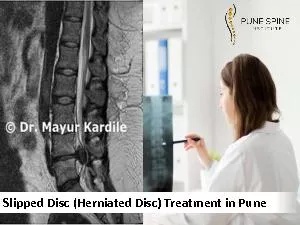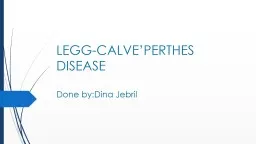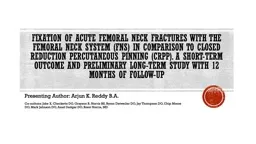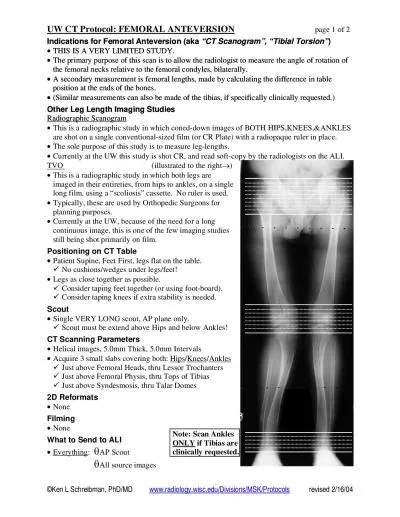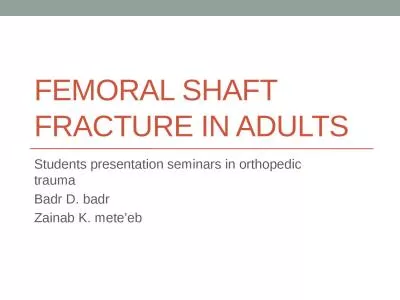PPT-Slipped capital femoral epiphysis (SCFE or
Author : alis | Published Date : 2022-06-11
skiffy slipped upper femoral epiphysis Done by Yara Saleh outlines 1 Definition 2Epidemiology 3Presentation 4Clinical features 5Diagnosis 6Complications
Presentation Embed Code
Download Presentation
Download Presentation The PPT/PDF document "Slipped capital femoral epiphysis (SCFE ..." is the property of its rightful owner. Permission is granted to download and print the materials on this website for personal, non-commercial use only, and to display it on your personal computer provided you do not modify the materials and that you retain all copyright notices contained in the materials. By downloading content from our website, you accept the terms of this agreement.
Slipped capital femoral epiphysis (SCFE or: Transcript
Download Rules Of Document
"Slipped capital femoral epiphysis (SCFE or"The content belongs to its owner. You may download and print it for personal use, without modification, and keep all copyright notices. By downloading, you agree to these terms.
Related Documents


